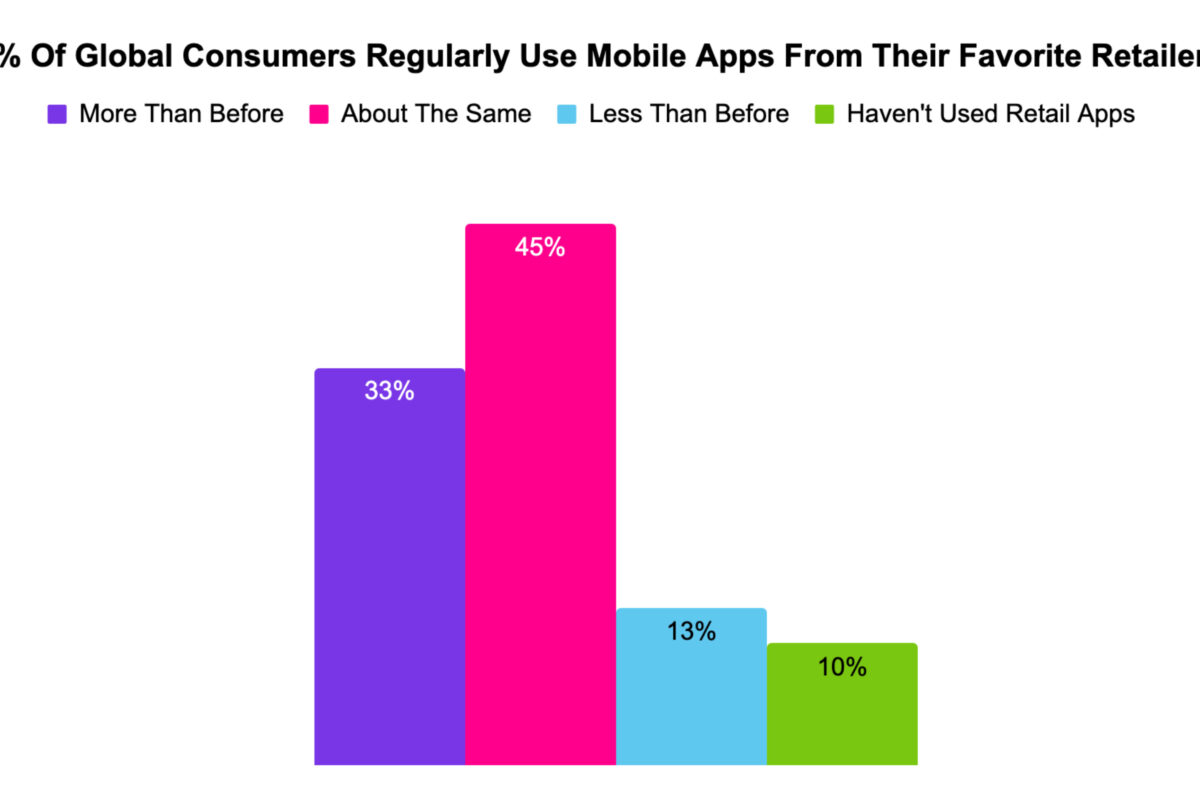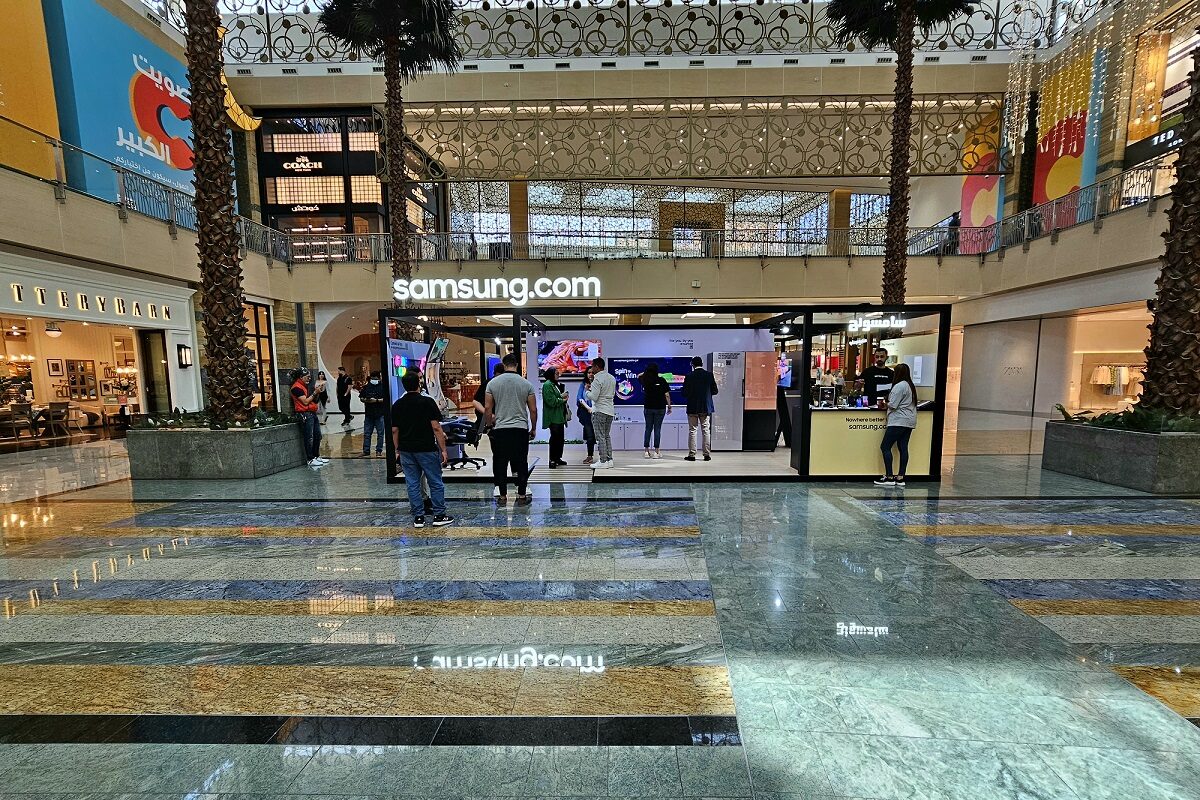New study: Around Half of Top Websites Still Failing User Experience Requirements Introduced in Google’s Core Web Vitals Update.
Fashion and travel perform worse on user experience than other verticals according to data from Searchmetrics
New research from Searchmetrics suggests around 50% of the top 100 most visible websites on Google.com still fail to deliver a “good” page experience on desktop as defined in the search engine’s Core Web Vitals update which finished rolling out in August 2021. And 44% of the top 100 websites fail on mobile.
As of October, Walmart.com, Target.com and Tripadvisor.com as well as social sites such as Facebook.com, Instagram.com and Pinterest.com were among the major brands that are still unable to meet all three minimum thresholds for good website performance and usability set out under Core Web Vitals according to the analysis. And fashion and travel are the worst performing verticals.
The data comes from the newly launched Core Web Vitals Monitor section on the Searchmetrics website. Updated every month, this provides an analysis of the Core Web Vitals performance of the top 100 most visible domains on Google.com (Google US), with monthly benchmarks for eight key industry segments (B2B, Dictionary/Reference, Electronics, Fashion, Finance, Healthcare, Media/News and Travel).
What are Core Web Vitals?
Google’s Core Web Vitals benchmarks help website owners assess real-world web user experience in three areas: how quickly the content on a page loads; its interactivity (the time taken to respond to a visitor’s first interaction, such as clicking on a button or a link); and its visual stability (does the layout or content jump around). These three measures are officially known as First Contentful Paint (FCP), First Input Delay (FID) and Cumulative Layout Shift (CLS) respectively. In the Core Web Vitals update they were combined with other existing signals which Google uses to measure the quality of the page experience meaning they now have an influence on Google rankings.
How the top 100 most visible websites perform
The positive news according to Searchmetrics’ analysis is that the proportion of top-performing domains which satisfy Google’s requirements is increasing over time. In January 2020, only 22% of the desktop top 100 and 28% of the mobile top 100 were able to pass the Core Web Vitals tests. By October 2021, this increased to 50% on desktop and 56% on mobile.
For LCP (the time taken for the largest image or text block to become visible when the page first starts loading) the average time among the top 100 in October is 2.43 seconds on desktop and 2.48 on mobile (both just under Google’s minimum requirement which is 2.5 seconds). However, 36% of the top 100 on desktop and 33% of mobile still fail to meet this minimum requirement.
For CLS (which measures the extent to which elements on a page jump around while it is loading), 24% of the top 100 on both desktop and mobile failed to pass the minimum requirement. A “good” score according to Google is below 0.1 and the average score was just a little over this (0.11 on both desktop and mobile).
Most websites tested by Searchmetrics were found to pass the test for FID (which measures interactivity). However, the company notes that because of difficulties in gathering accurate data, experts are not able conduct a meaningful analysis for this metric².
Tom Wells, VP Strategy from Searchmetrics said: “The Core Web Vitals update was Google’s way of encouraging websites to improve the quality of the online experience they deliver. But the data suggests that even some of the biggest brands have not completely solved their user experience challenges. While they continue to rank highly in spite of this, it’s important to remember that the page experience has wider implications especially for eCommerce brands.”
“Delivering a user-friendly experience where pages load quickly, respond to input and in which dynamic content doesn’t jump around, is going to help reduce eCommerce bounce rates and abandoned shopping carts, for example, while being good for conversions and return visits.”
Fashion and travel perform worse than other verticals
The data suggests eCommerce sites in categories such as fashion and travel on the whole perform worse for Core Web Vitals than all the other verticals included in the analysis.
For example, only 24% of the top 100 most visible fashion and apparel websites pass Core Web Vitals on desktop and just 16% on mobile. And for the top 100 in travel only 20% pass on desktop and 21% on mobile. By contrast B2B and Healthcare sites perform the best, with 60% and 59% of top domains in these sectors passing all 3 Core Web Vitals tests on desktop respectively (51% of the top B2B sites and 63% of the top Healthcare sites pass on mobile).
The average LCP for the top travel sites is 3.37 on desktop and 3.66 on mobile (outside Google’s minimum requirements for a good experience of 2.5 seconds. Similarly in fashion top 100, the average LCP for on desktop is 2.8 seconds and 3.31 on mobile.
Tom Wells continued: “Fashion and travel were found to be the worst performing segments in terms of Core Web Vitals. Part of the explanation is that websites in these sectors – and eCommerce generally – are typically image-heavy and frequently feature dynamic elements such as ad banners.”
“Healthcare websites tend to be more informational with less focus on dynamic content while B2B websites seem to strike a good balance between content delivery, user experience, and website performance. Social media websites typically focus on their app delivery – often accessing these apps via a web browser is quite slow, which explains the poor performance of some of them in terms of Core Web Vitals,” said Tom Wells.
Source: Searchmetrics





















